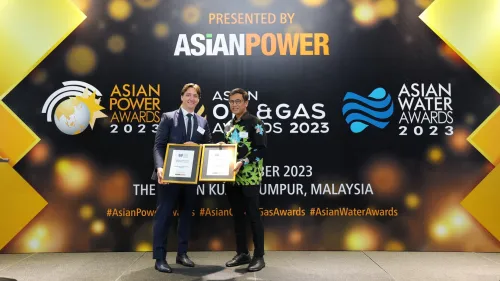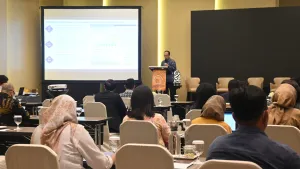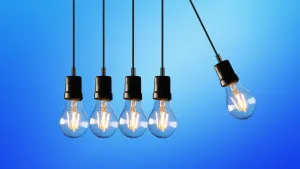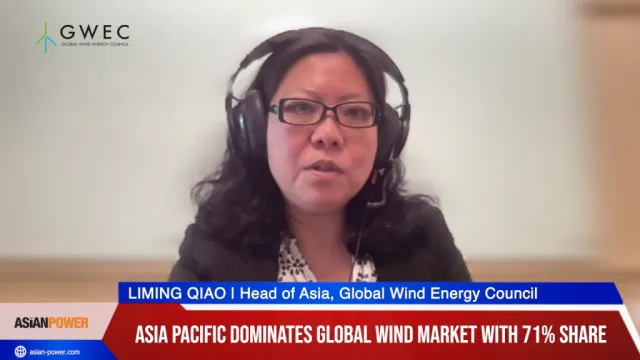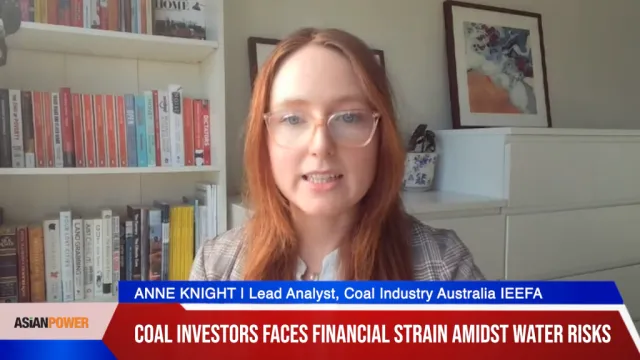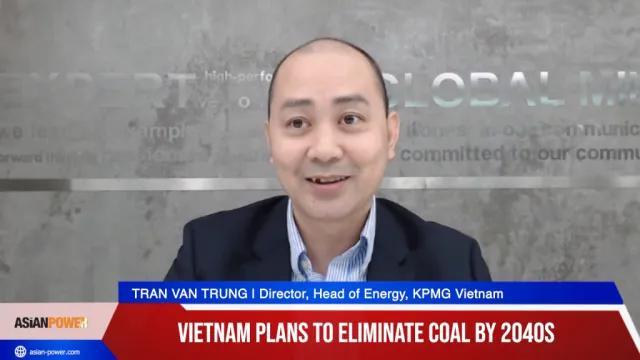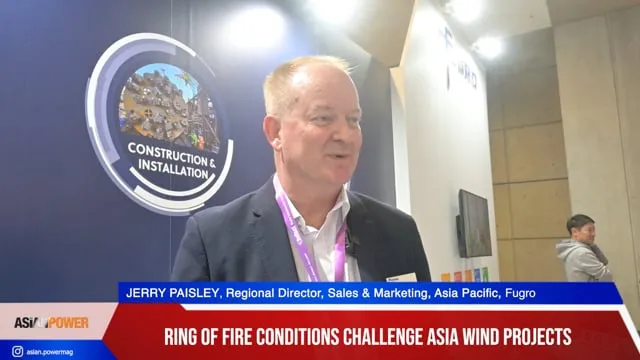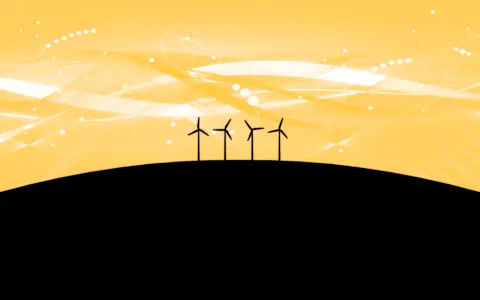
China's annual installed wind capacity to drop to 20-22GW in 2017-2020
New projects will face difficulties in connecting to the grid.
China’s Thirteenth Five-Year Plan (2016-2020) for renewable power has been submitted to the State Council for final approval. The national targets for wind power have been reduced to 210GW of grid-connected capacity (including 5GW of offshore) by 2020 instead of the original target of 250GW (including 10GW of offshore) included in the draft earlier in 2016.
MAKE’s 10-year outlook for China is downgraded by 6.5% from 2016 to 2025 for both installed and grid-connected capacity. Cumulative installed offshore capacity will face a 47.4% decrease by YE/2020 and 60% decrease by YE/2025, respectively.
Annual installed capacity will drop to 20-22GW between 2017-2020. New projects in northern regions will find it increasingly difficult to connect to the grid in the short-term as pressure mounts over curtailment and excess power supply. Northwest provinces like Gansu and Xinjiang with heavy curtailment of wind power will suffer significantly lower growth from 2016 to 2018.
The new plans will trigger a more severe shift in growth to southern regions. Southern regions (including the South, East, and Central regions) are considered focus regions in the Thirteenth Five-Year plan and will contribute with more than 50% of annual growth over the next three years.
Curtailed wind output in H1/2016 was almost at the same level as FY/2015, predominantly in northern regions, but additionally started occurring in the southern regions of Yunnan and Shandong. Local authorities may limit connection of installed projects to the grid in order to “reduce” curtailment short-term.
Growth of new orders started slowing down from Q4/2015 and decreased noticeably in 2016. Newly installed capacity of Tier I turbine OEMs are expected to drop between 5% to 30%. Component suppliers significantly suffered from decreased orders with a range of 20% to 30% YoY decrease in 2016. Besides, Blade suppliers built up large inventories in 2015 and H1/2016. The sudden decrease in deliveries and new orders from July 2016 has hit the blade industry hard.
Further reductions to onshore FIT levels in 2018 and to the offshore FIT from 2017 have been proposed and are expected to be released in December 2016. Proposed FIT reductions and increasing curtailment of wind power production will dampen investment enthusiasm. Impact on developers in northern regions will be even harder than before, especially in those provinces with severe curtailment.
Progress of 10.53GW (changed to 10.45GW) of centrally planned offshore projects has been slower than anticipated, with only 40% installed, under construction or approved. Planned projects which fail to be approved by YE/2016 will be cancelled. However, there is no indication that IPPs are accelerating project approvals. Complete lack of investment incentives means offshore growth remains limited, depending entirely on political drive.


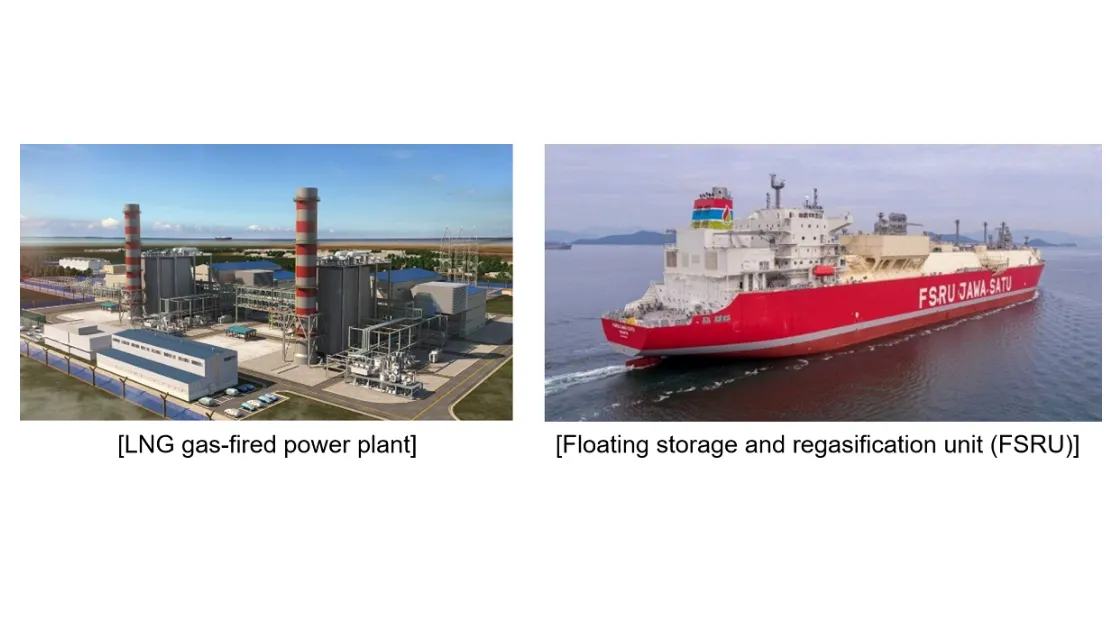
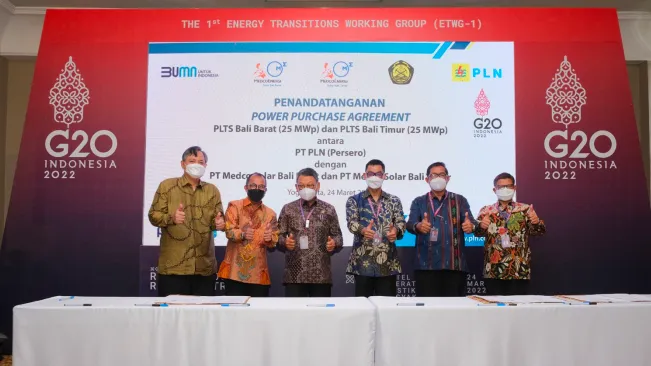
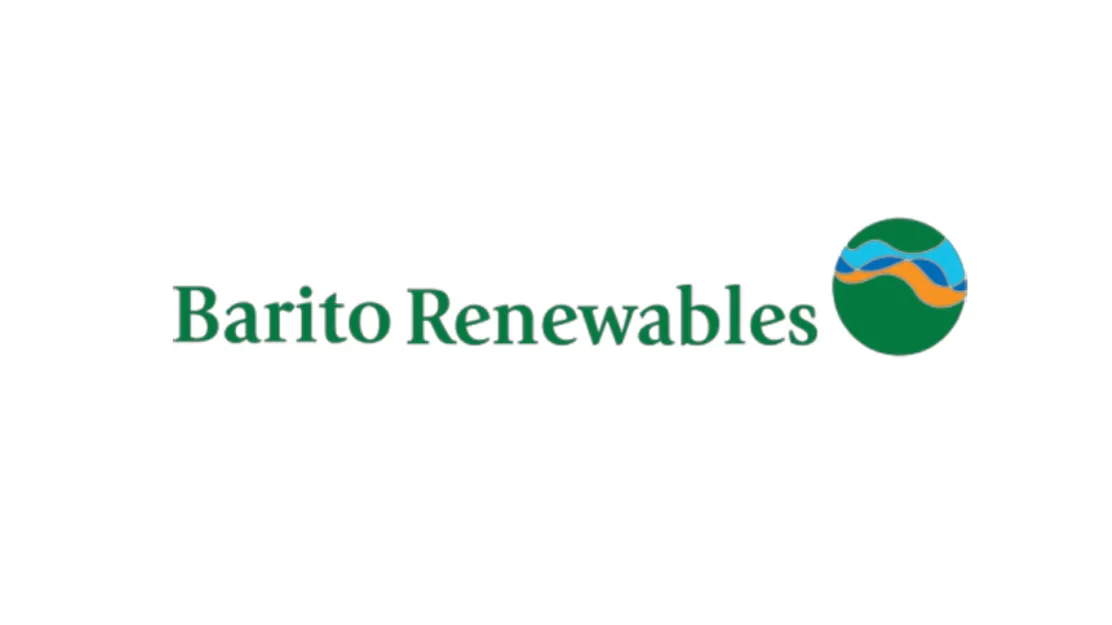


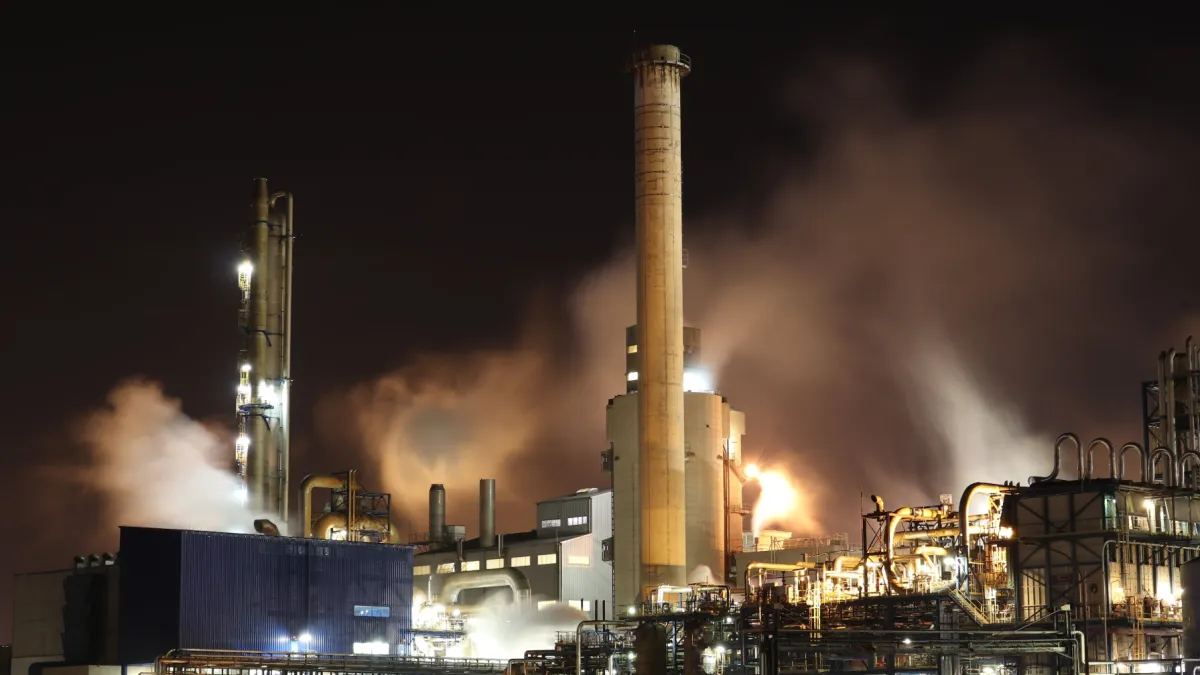

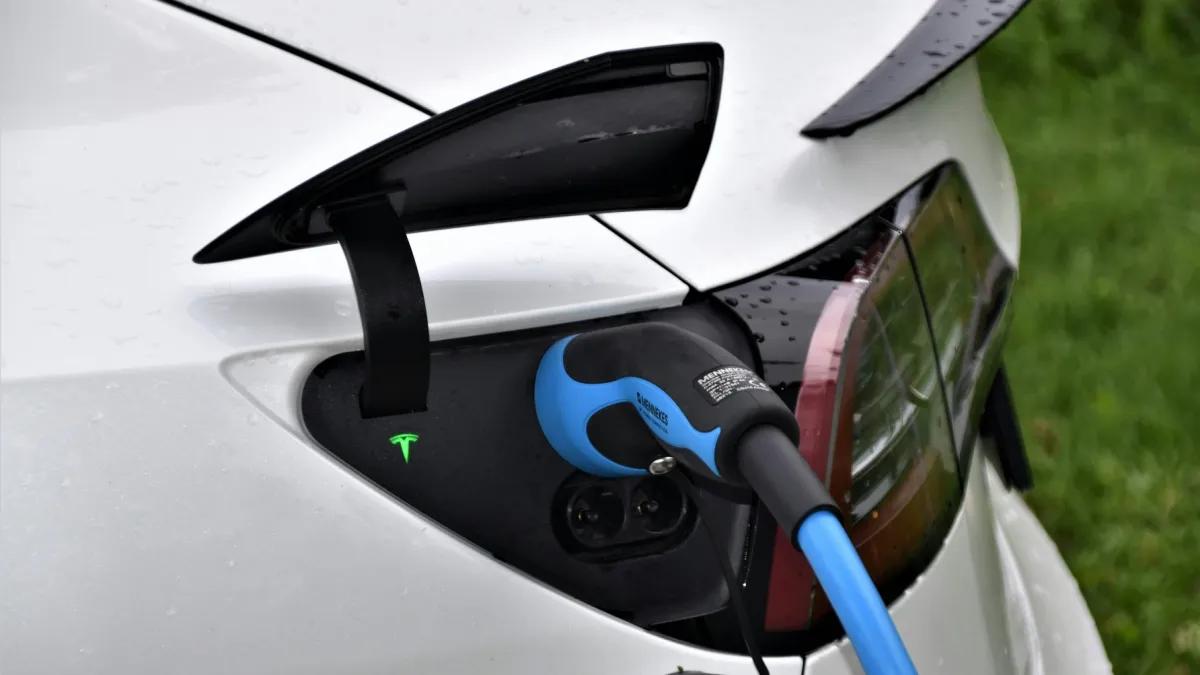
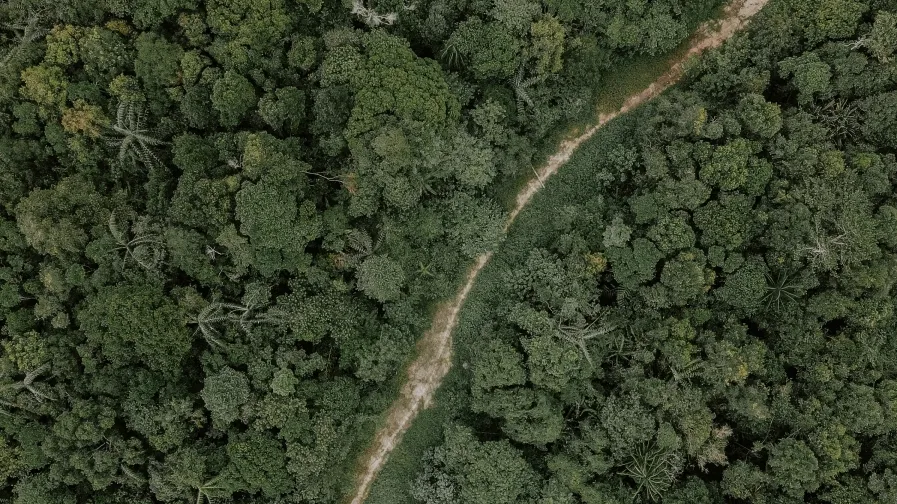


 Advertise
Advertise
